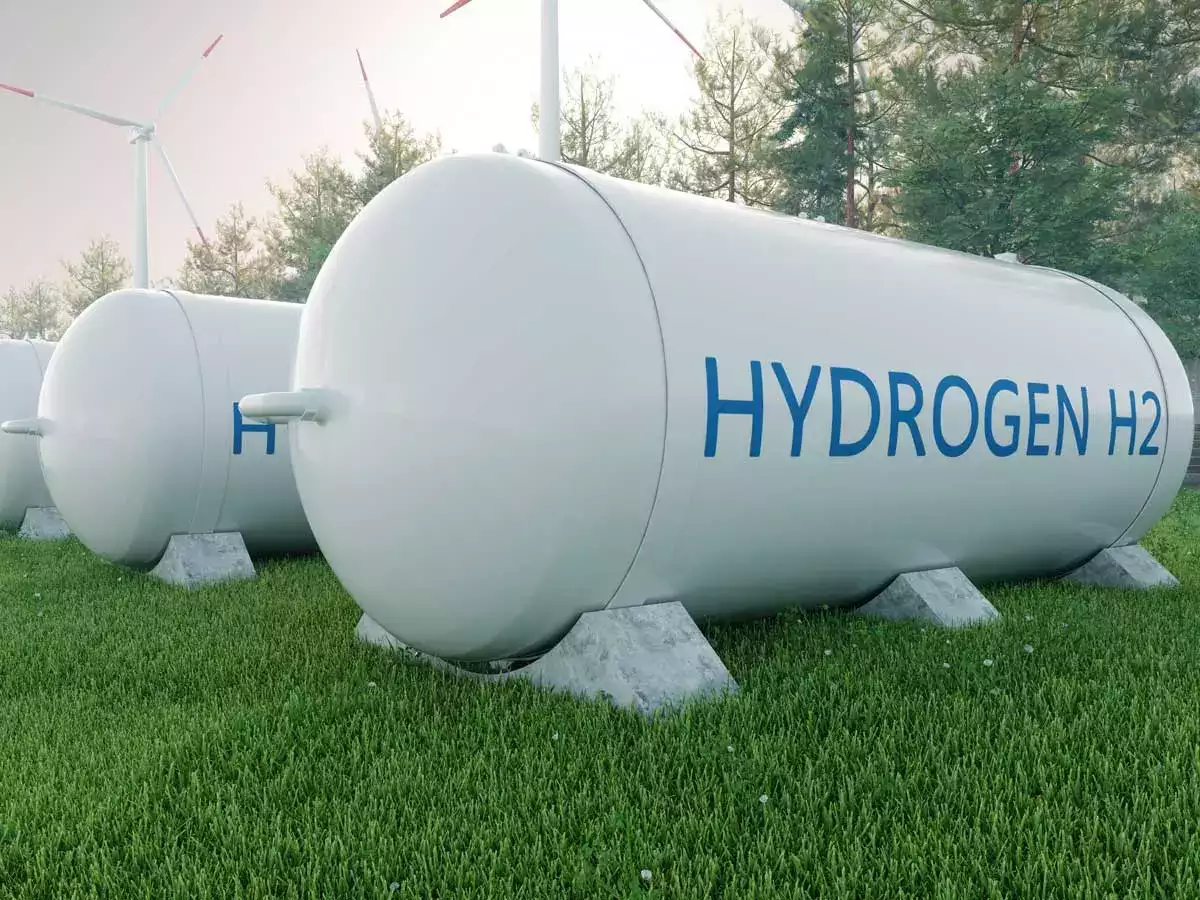
That’s because we’ve pinned a lot of hopes on the prospects of hydrogen. In theory, the universe’s most abundant element could be a sort of climate skeleton key, unlocking zero-emissions ways of producing fertilizer, steel, petrochemicals, and cement. Such a shift would be profound. About a quarter of the world’s carbon pollution comes not from power stations or vehicles, but out of the smokestacks of industrial plants. If one process could decarbonize all those industries, we would have discovered a technology as transformational as solar power, wind farms and electric vehicles.
It’s not going to work with hydrogen as we know it. At present, less than one metric ton in every thousand that we use is the “green hydrogen” familiar from school chemistry experiments, produced by splitting water into hydrogen and oxygen using electricity. The vast majority is “gray hydrogen” made from natural gas, oil or coal, pumping out huge volumes of carbon dioxide in the process. The optimistic view, however, has been that the cost of water-splitting electrolyzers, and the clean energy required to power them, will decline as rapidly as we’ve seen with other green technologies.
First, look at what’s happened with costs. The high inflation and interest rates of the past few years have been challenging for plenty of clean technologies — but wind, solar, batteries and EVs have reached a sufficient scale that they’ve been able to eke out efficiency gains and keep prices down. That’s not the case with green hydrogen.
Far from falling from levels of around USD 3 per kilogram to the US government’s target of USD 1/kg — a price at which it might be able to undercut natural gas — costs in the US have increased to nearly USD 5/kg, according to a study last year by the Hydrogen Council and McKinsey & Co. Even the generous incentives in President Joe Biden’s Inflation Reduction Act aren’t sufficient to make that competitive.
Big Oil hasn’t been sitting still, either. An alternative way of reducing H2’s climate footprint is to capture the carbon dioxide and pump it into depleted oil wells to drive more crude to the surface. The so-called “blue hydrogen” only reduces gray H2’s emissions by 60% -70% — but it’s potentially attractive to consumers who want something cleaner than gray hydrogen, without the cost of green.
It also appeals to the mainstream oil industry, who have far more money at present to splash on developing new technology than cash-hungry green H2 start-ups. Engineering work is done and site preparation is already underway for Saudi Arabian Oil Co.’s first carbon-capture project, Chief Executive Officer Amin Nasser told an investor call last week, and the company is expecting to receive bids from Japanese and Korean buyers within months. BP Plc is in the final stage of planning for a blue hydrogen hub in northeast England, while Shell Plc has issued contracts to engineers for a project in Oman.
Fixing that won’t be easy. Existing government policies have focused on subsidies for producers, rather than mandating that major consumers use it — the reverse of the demand-side support that helped kick off the renewables boom of the 2000s. Trade tensions may also be making project developers reluctant to buy Chinese-made electrolyzers, which can be three-quarters cheaper than locally made versions — a potentially huge cost advantage that’s being neglected. Interest rates need to reset at lower levels to bring finance costs down. Above all, wavering official support for clean power means investors are unlikely to make a wager on such a high-risk, early stage technology.
That’s a daunting series of chicken-egg problems — but it’s one that we solved with solar power, wind, lithium-ion batteries and EVs. There’s no reason the trick can’t be repeated with green hydrogen. If political will is lacking, however, Big Oil is standing ready to move in and clean up.
Disclaimer: The copyright of this article belongs to the original author. Reposting this article is solely for the purpose of information dissemination and does not constitute any investment advice. If there is any infringement, please contact us immediately. We will make corrections or deletions as necessary. Thank you.





